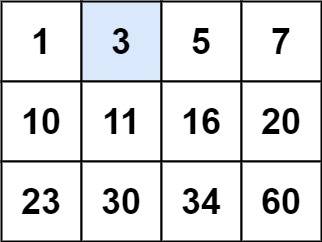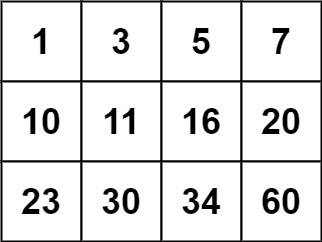2022-05-28
Description
Reverse bits of a given 32 bits unsigned integer.
Note:
Note that in some languages, such as Java, there is no unsigned integer type. In this case, both input and output will be given as a signed integer type. They should not affect your implementation, as the integer's internal binary representation is the same, whether it is signed or unsigned.
In Java, the compiler represents the signed integers using 2's complement notation. Therefore, in Example 2 above, the input represents the signed integer
-3and the output represents the signed integer-1073741825.
Example 1:
Input: n = 00000010100101000001111010011100
Output: 964176192 (00111001011110000010100101000000)
Explanation: The input binary string 00000010100101000001111010011100 represents the unsigned integer 43261596, so return 964176192 which its binary representation is 00111001011110000010100101000000.Example 2:
Input: n = 11111111111111111111111111111101
Output: 3221225471 (10111111111111111111111111111111)
Explanation: The input binary string 11111111111111111111111111111101 represents the unsigned integer 4294967293, so return 3221225471 which its binary representation is 10111111111111111111111111111111.Constraints:
The input must be a binary string of length
32
Follow up: If this function is called many times, how would you optimize it?
Solution
Approach #0
Approach #1: Divide And Conquer
Without reading the official solution, this approach will never come into my mind...
Description
Given a non-empty array of integers nums, every element appears twice except for one. Find that single one.
You must implement a solution with a linear runtime complexity and use only constant extra space.
Example 1:
Example 2:
Example 3:
Constraints:
1 <= nums.length <= 3 * 10^4-3 * 10^4 <= nums[i] <= 3 * 10^4Each element in the array appears twice except for one element which appears only once.
Solution
Approach #0
Description
A valid parentheses string is either empty "", "(" + A + ")", or A + B, where A and B are valid parentheses strings, and + represents string concatenation.
For example,
"","()","(())()", and"(()(()))"are all valid parentheses strings.
A valid parentheses string s is primitive if it is nonempty, and there does not exist a way to split it into s = A + B, with A and B nonempty valid parentheses strings.
Given a valid parentheses string s, consider its primitive decomposition: s = P1 + P2 + ... + Pk, where Pi are primitive valid parentheses strings.
Return s after removing the outermost parentheses of every primitive string in the primitive decomposition of s.
Example 1:
Example 2:
Example 3:
Constraints:
1 <= s.length <= 105s[i]is either'('or')'.sis a valid parentheses string.
Solution
Approach #0
Description
Given an array of integers nums sorted in non-decreasing order, find the starting and ending position of a given target value.
If target is not found in the array, return [-1, -1].
You must write an algorithm with O(log n) runtime complexity.
Example 1:
Example 2:
Example 3:
Constraints:
0 <= nums.length <= 10^5-10^9 <= nums[i] <= 10^9numsis a non-decreasing array.-10^9 <= target <= 10^9
Solution
Approach #0
Approach #1
Description
There is an integer array nums sorted in ascending order (with distinct values).
Prior to being passed to your function, nums is possibly rotated at an unknown pivot index k (1 <= k < nums.length) such that the resulting array is [nums[k], nums[k+1], ..., nums[n-1], nums[0], nums[1], ..., nums[k-1]] (0-indexed). For example, [0,1,2,4,5,6,7] might be rotated at pivot index 3 and become [4,5,6,7,0,1,2].
Given the array nums after the possible rotation and an integer target, return the index of target if it is in nums, or -1 if it is not in nums.
You must write an algorithm with O(log n) runtime complexity.
Example 1:
Example 2:
Example 3:
Constraints:
1 <= nums.length <= 5000-10^4 <= nums[i] <= 10^4All values of
numsare unique.numsis an ascending array that is possibly rotated.-10^4 <= target <= 10^4
Solution
Approach #0
Description
Write an efficient algorithm that searches for a value target in an m x n integer matrix matrix. This matrix has the following properties:
Integers in each row are sorted from left to right.
The first integer of each row is greater than the last integer of the previous row.
Example 1:

Example 2:

Constraints:
m == matrix.lengthn == matrix[i].length1 <= m, n <= 100-10^4 <= matrix[i][j], target <= 10^4
Solution
Approach #0
Approach #1
Approach #2
Last updated